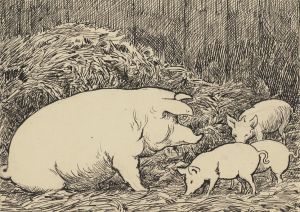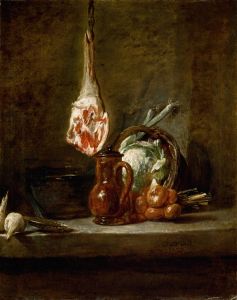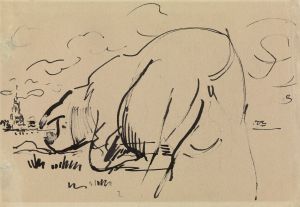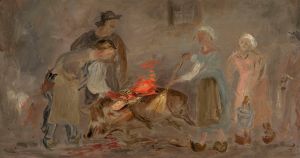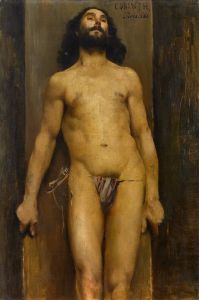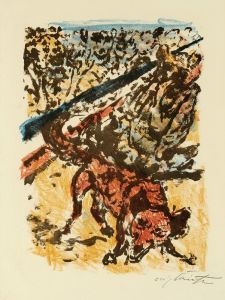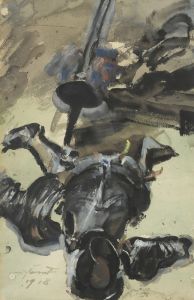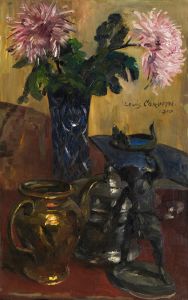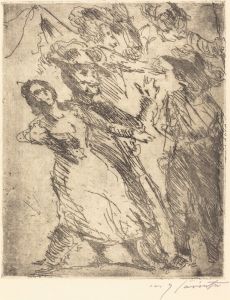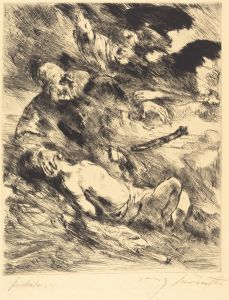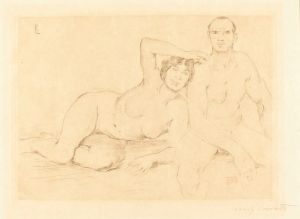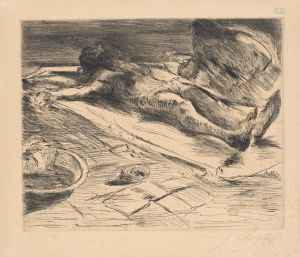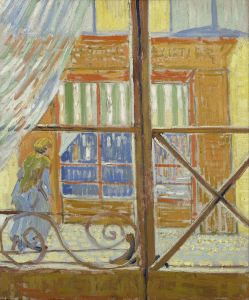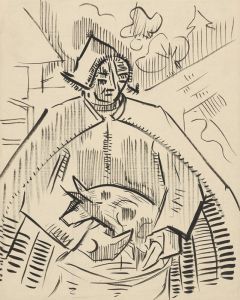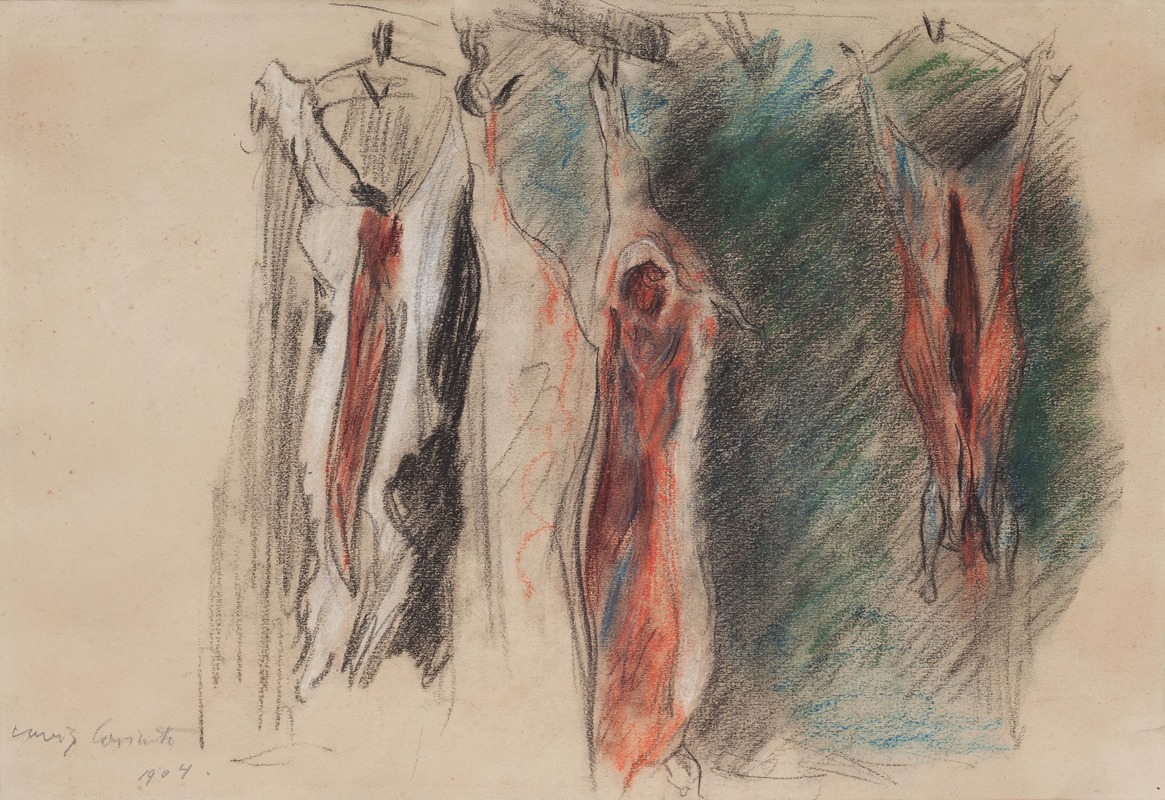
Studie vyvržených vepřů
A hand-painted replica of Lovis Corinth’s masterpiece Studie vyvržených vepřů, meticulously crafted by professional artists to capture the true essence of the original. Each piece is created with museum-quality canvas and rare mineral pigments, carefully painted by experienced artists with delicate brushstrokes and rich, layered colors to perfectly recreate the texture of the original artwork. Unlike machine-printed reproductions, this hand-painted version brings the painting to life, infused with the artist’s emotions and skill in every stroke. Whether for personal collection or home decoration, it instantly elevates the artistic atmosphere of any space.
"Studie vyvržených vepřů" (Study of Eviscerated Pigs) is a painting by the German artist Lovis Corinth, created in 1891. Corinth was a prominent figure in the German art scene and is known for his contributions to the German Impressionist movement and later to Expressionism. His work often explored themes of realism and the human condition, and he was particularly noted for his dynamic brushwork and vivid use of color.
The painting "Studie vyvržených vepřů" depicts a raw and visceral scene of eviscerated pigs, showcasing Corinth's ability to handle intense and often unsettling subject matter with a high degree of technical skill and emotional depth. This work is a study, meaning it was likely intended as a preparatory piece or an exploration of a particular theme or technique rather than a finished, polished artwork meant for public exhibition.
Corinth's choice of subject matter in this painting reflects his interest in the more brutal and unvarnished aspects of life. The depiction of eviscerated pigs can be seen as a commentary on mortality and the physicality of existence, themes that recur throughout his oeuvre. The painting's stark realism and the almost clinical presentation of the pigs' bodies highlight Corinth's commitment to capturing the truth of his subjects, no matter how grim.
In terms of technique, "Studie vyvržených vepřů" demonstrates Corinth's mastery of form and composition. The use of light and shadow in the painting creates a dramatic contrast that emphasizes the texture and physicality of the pigs' bodies. The brushwork is vigorous and expressive, characteristic of Corinth's style, which often conveyed a sense of movement and energy.
Lovis Corinth was born on July 21, 1858, in Tapiau, East Prussia (now Gvardeysk, Russia), and he studied art in Königsberg, Munich, and Paris. He was a member of the Berlin Secession, an influential group of artists who sought to break away from the conservative art establishment in Germany. Corinth's career was marked by a prolific output and a willingness to experiment with different styles and subjects. He continued to work and evolve as an artist until his death on July 17, 1925.
"Studie vyvržených vepřů" is a testament to Corinth's ability to confront challenging subjects head-on and to render them with both technical precision and emotional intensity. The painting remains an important example of his work and offers insight into the broader themes and techniques that defined his artistic practice.





